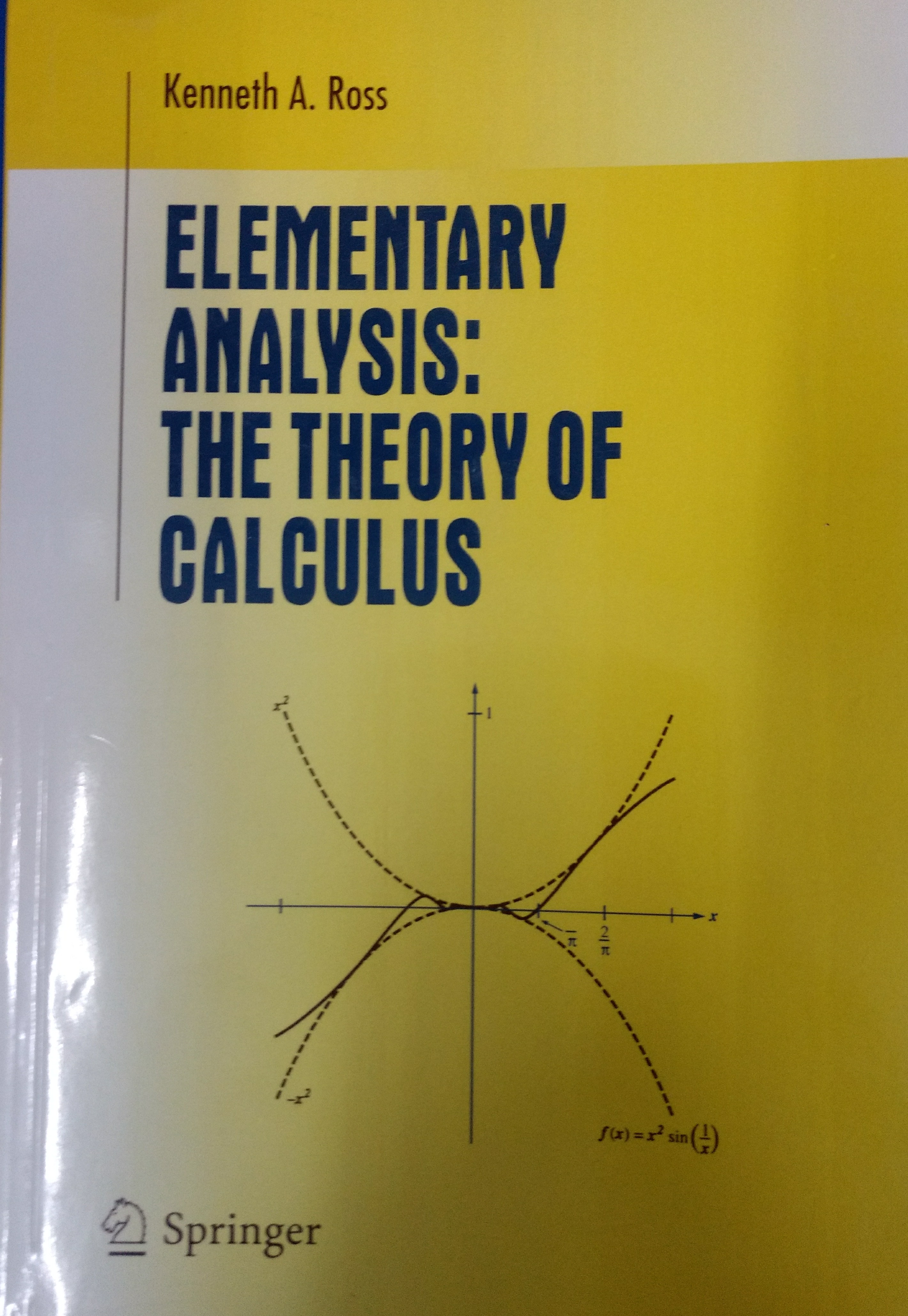The course is aimed at exposing the students to the foundations of analysis which will be useful in understanding various physical phenomena
Course Outcomes:
After completion of this course the student will be able to:
CO1: Understanding the concept of Sequence and the convergence of sequences and series
CO2: find the interval and radius of convergence of power series
CO3: Use the definitions of convergence as they apply to sequences, series, and functions
CO4: Determine uniform convergence of a sequence of functions
CO5: Understand the convergence properties of power series
CO6: understanding of how Cauchy's criterion for the convergence of Sequences and Series
CO7: Determine the Riemann integrability and prove a selection of theorems concerning integration
CO8: Apply the Fundamental Theorem of Calculus to problems in the context of real analysis

- Teacher: DAYANANDA BABU V
COURSE OBJECTIVES:
UNIT | OBJECTIVES | ||
| |||
II |
| ||
III |
| ||
IV |
COURSE OUTCOMES:
|
- Teacher: SOWJANYA D
'English in Use' is a General English course designed for second year students that enables them to acquire good English language skills for success in their professional and personal lives, The course has been designed keeping in view the real life and contextual aspects of language, giving emphasis to acquiring both proficiency and fluency of English language. The texts have been carefully selected keeping in view the literary, language and moral dimensions, for teachers and students to explore all the teaching and learning possibilities. Such an approach would enable students to gain thinking, observatory, and critically analyzing skills, while also connecting the texts with contemporary situations. Components like:
i. Vocabulary
ii. Grammar
iii. Writing Skills
are incorporated in each of the units. The various practice exercises and task-based activities give the students and teachers build an interactive and student-centric teaching and learning atmosphere .

- Teacher: Dr. MAITHRY SHINDE